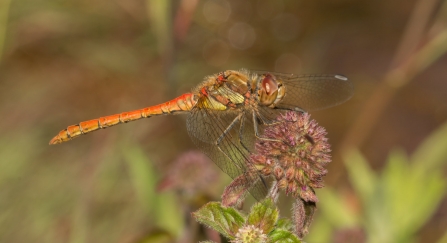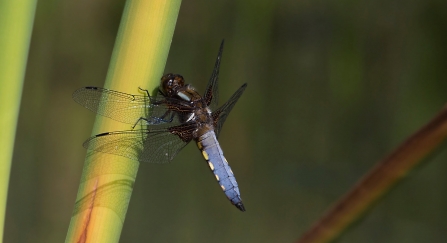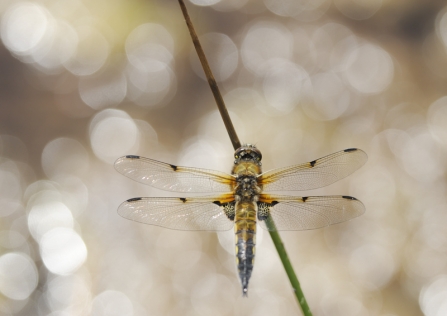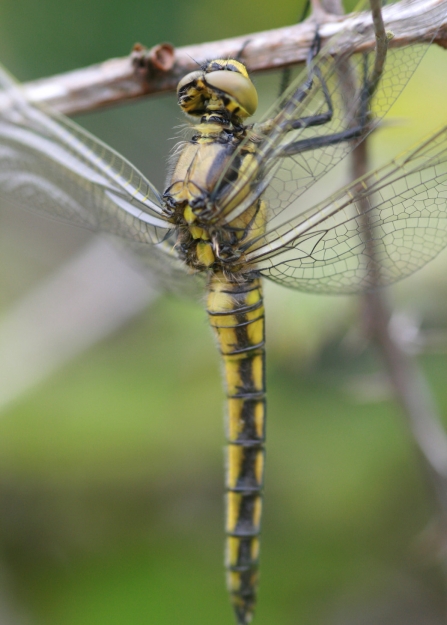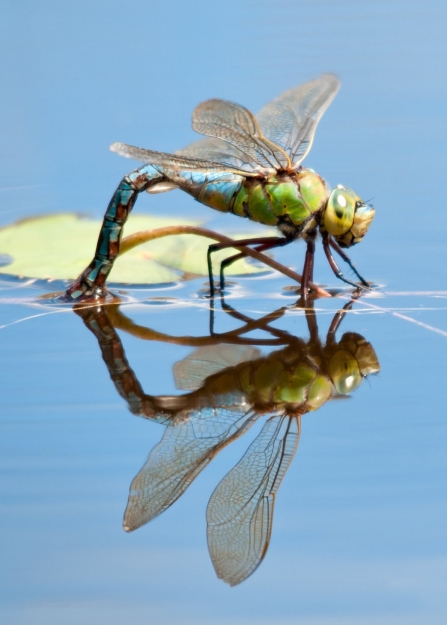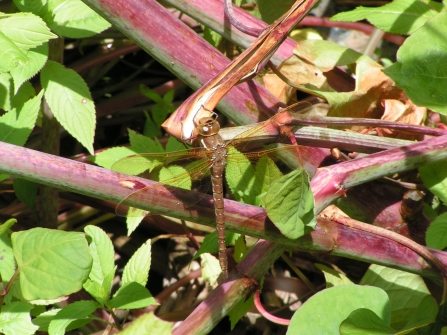Dragonflies aren’t your average insect. They pre-date humans by around 240 million years, are armed with near-360-degree vision and can fly in any direction – even backwards. This makes them truly formidable hunters. In fact, the order they belong to – Odanata – means ‘toothed ones’, which is little surprise if you’ve ever had the privilege to watch them hunt.
Dragonflies leave carnage in their wake: catching prey in mid-air and using serrated mandibles to rip it apart; tearing off wings and limbs so their quarry can’t escape. It’s a drama that plays out regularly right across our region during the spring, summer and even autumn months, with some dragonfly species clinging on until late November.


